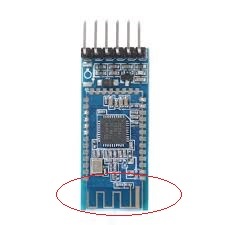Hi support team,
I am currently working with the nRF8001 that I wanted to integrated on a my PCB.I would like to know if you have an antenna to recommend to work with the nRF8001 ? We are aiming to transmit data closely, so the max distance will be 10m, and the part has to be the tiniest as possible (for working in pairing and beacon mode).
I know that many topic were already posted about that, but I never found a clear answer.
Thanks for your help,
Florent

